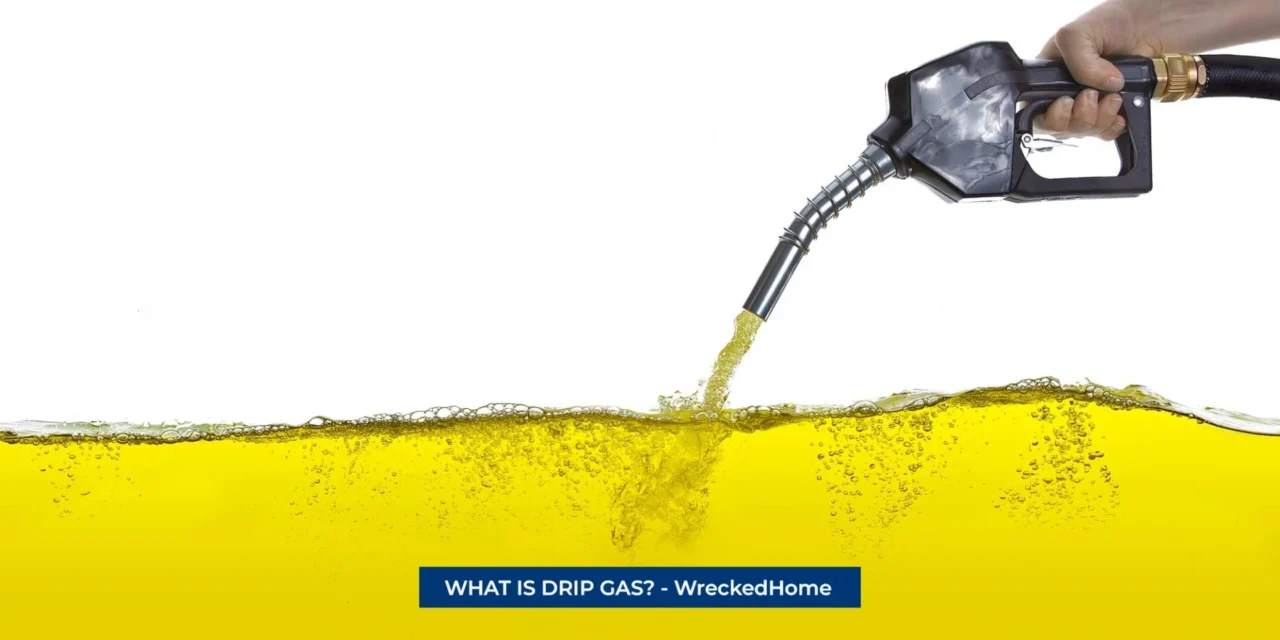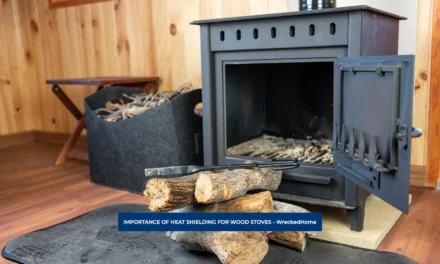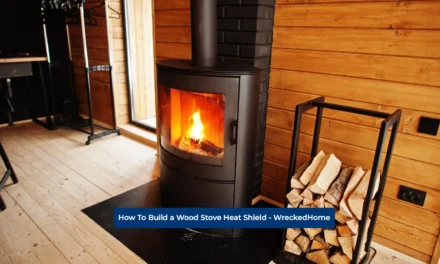Do you know what is drip gas? You may have heard the term LPG, which is an informal term for drip gas. As a clean-burning fuel with fewer emissions, it has been used in many fields.
From cooking to heating, agriculture to industry and even transportation, drip gas has many applications. Although it is a safe and reliable fuel, you have to use it carefully. Let’s further understand what is drip gas and how it is formed.
What Is Drip Gas ?
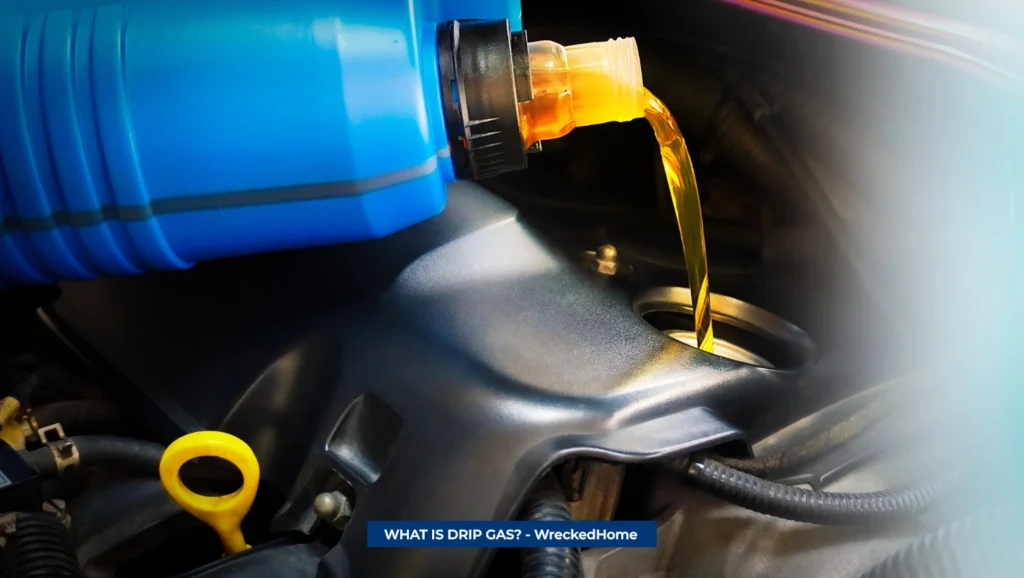
Drip gas is a natural form of gasoline, and a byproduct of natural gas extraction. When the gas condenses into a liquid state, the drip gas forms. It is a highly volatile liquid which means it evaporates quickly. Drip gas is also a flammable liquid, so don’t forget to handle it carefully.
Drip gas is made up of a hydrocarbon mixture including pentane, butane, and hexane. This gas is not as refined as gasoline and it can damage car engines. Therefore, It can’t be used as a fuel in vehicles. However, you can use it as solvent, cleaner and fuel for lanterns and stone. Use it to denature fuel alcohol.
What Is Drip Gas In Cars?
You may already know what is drip gas. It has the same meaning in cars. As a fuel or as a blending component in gasoline, you can use it in your cars. For high-performance engines, drip gas may benefit because it has high octane rating. However, this high rating makes it harmful to modern engines. It has high combustion temperature and lacks additives. This drip gas burns hotter than gasoline, and damages the engine’s pistons and valves.
Many American states have banned drip gas and you could face fines and other penalties for using it. Even if you are in state where it is legal, don’t use it as it causes damage to engines.
For more information on saving energy in your home, read the best indoor wood furnace showdown.
How Is Drip Gas Formed?
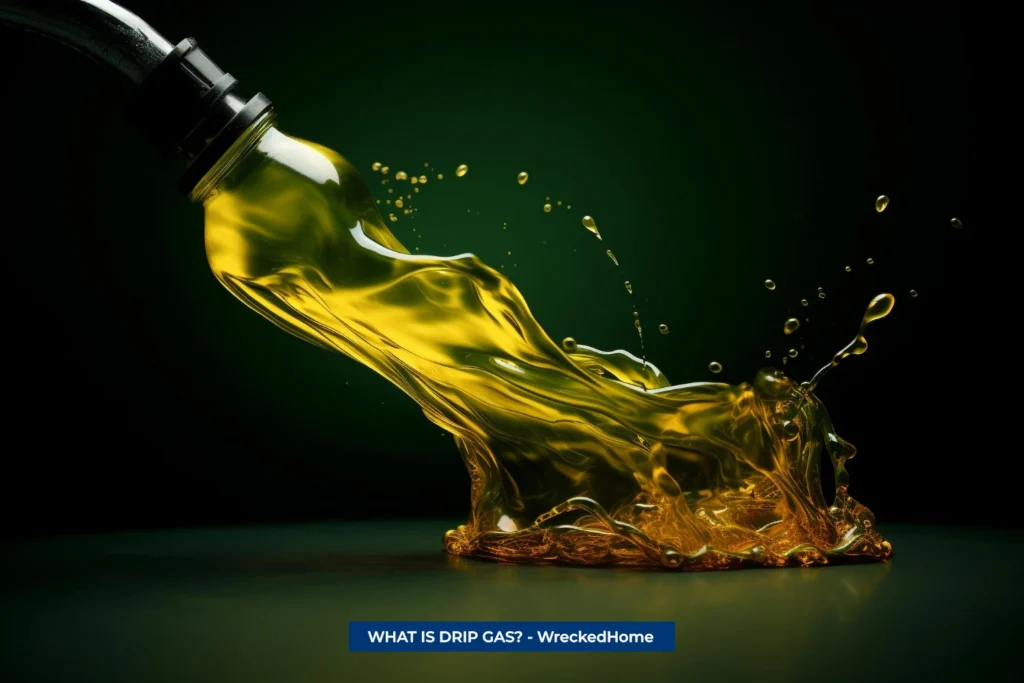
After knowing what is drip gas, let’s see its formation. Heavier hydrocarbons in natural gas form drip gas. These hydrocarbons are butane pentane and hexane. These hydrocarbons have higher boiling points than lighter ones in natural gas. Examples are methane and ethane. The result shows they are more likely to condense in liquid state when pressure and temperature drop. When natural gas mixes with water, it also forms drip gas. Water as a solvent dissolves some heavier hydrocarbons in natural gas. It leaves hydrocarbons behind as a liquid when water evaporates.
Here is a complete guide to how drip gas is formed:
- The remains of buried animals and plants under the layers of rocks over millions of form natural gas.
- Heat and pressure underground cause the remains to decompose. It forms a mixture of hydrocarbons such as methane, ethane, propane, butane, pentane, and hexane.
- Natural gas flows to the surface through gas and oil.
- Temperature and pressure decrease as natural gas rises to the surface.
- Heavier hydrocarbons in natural gas condense into liquid forming drip gas.
- Collect the drip gas from bottom of the oil and gas wells. You can also process it from natural gas by a processing plant.
Where Is Drip Gas Found?
You can find drip gas in areas with natural gas. The areas that are the largest drip gas producers are the United States, Qatar, Russia and Norway.
Drip gas is also available in some unconventional oil and gas resources, such as shale gas reservoirs, and shale oil. However, it is less common to find drip gas in these specific resources. This is because hydrocarbon traps in rocks and do not glow freely to the surface.
Here are some of popular areas where we find drip gas:
- United States cities like Texas Oklahoma Louisiana North Dakota and Wyoming
- Russia areas including Western Siberia and the Volga-Urals region
- Qatar: North Field gas field
- Norway: Norwegian Continental Shelf
- Other countries: Canada, Mexico, Venezuela, Algeria, Nigeria, and Saudi Arabia
Chemical Composition Of Drip Gas
Drip gas chemical composition varies depending upon source reservoir. However, it consists of following hydrocarbons.
- Butane (C4H10): 20-30%
- Pentane (C5H12): 30-40%
- Hexane (C6H14): 20-30%
- Other hydrocarbons (<10%): heptane, octane, nonane, decane
Drip gas also contains the minimum amount of non-hydrocarbon compounds, such as nitrogen, sulfur, and oxygen.
Physical Properties Of Drip Gas
Some physical properties of drip gas are:
Density:
Where density comes, drip gas is less dense than water. Its density is 0.71 to 0.76 grams per cubic meter. Due to less density it floats on top of water.
Boiling Point:
Drip gas has a low boiling point and it evaporates easily. Due to this specific reason drip gas is important to store in a sealed container.
Flash Point:
Due to low flash point, drip gas ignites easily. So, it is important to avoid open flames and sparks while handling drip grips.
Auto ignition Temperature:
Due to a high auto ignition temperature, it can ignite quickly. So, it is important to avoid heating drip gas.
Solubility In Water:
It is insoluble as it does not dissolve in water. So, you can separate drip gas from water using gravity separation.
History Of Drip Gas:
Drip gas has a history dating back to the early days of the oil and gas industry with a US origin. People used it as fuel for lanterns and stoves in 1800s. Then they use it as fuel for cars and trucks in the following century. However, it is not as efficient as gasoline so it can damage car engines.
In the mid-1900s, drip gas did not work well as a fuel for vehicles. But today, drip gas is still in use for stoves and lanterns. You can use it as a solvent, cleaner and fuel for different applications.
Uses Of Drip Gas:
After knowing what is drip gas, it is important to know drip gas benefits. There are many uses of drip gas and some of them are as follows:
Gasoline:
Drip gas can be refined into gasoline and this is possible by catalytic reforming. It converts heavier hydrocarbons into lighter ones in drip gas that are more appropriate for use as gasoline.
Blending Agent:
Blend drip gas with other petroleum products such as diesel fuel, gasoline and others to improve performance. It also reduces their emissions. Blend with gasoline increases its octane rating, improves engine performance and reduces fuel consumption.
Solvent:
Drip gas is a powerful solvent and thus dissolves and removes grease, oil, and other contaminants. It acts as a solvent in the cleaning and de-greasing of industrial equipment.
Lantern And Stove Fuel:
Drip gas is a clean burning fuel people use in lanterns and stoves. It is best choice for backpackers and campers because it is lightweight and easy to transport.
We can say that drip gas is a unique and versatile liquid with variety of benefits. We can use it for various industries as a valuable resource.
Visit our store for 10% off our Save Home Energy products here.
Advantages Of Using Drip Gas:
Drip gas has many advantages and the most prominent are below:
High Energy Content:
Drip gas provides high energy content and it can produce lots of energy by burning. Due to high energy content it is a valuable fuel for variety of applications.
Clean Burning:
Drip gas is a clean burning fuel as it produces fewer emissions than other fuels such as coal and oil. This quality makes it a more environmentally friendly choice.
Abundant:
Drip gas is popular because of its abundance and presence in many parts of world. It is affordable and reliable source of energy.
Versatile:
You can use it in various applications, including fuel, solvent and cleaning agents. That’s why it is versatile and makes a valuable source for a variety of industries. Some examples of its advantages are here:
Fuel:
Drip gas is helpful as a fuel for cars and trucks and for industrial applications like heating or power generation. It also improves air quality and reduces greenhouse emissions.
solvent:
As a solvent, drip gas dissolves and removes grease, oil and other contaminants. It is a powerful solvent that helps in cleaning a variety of surfaces. It includes machinery, automotive parts, and industrial equipment.
Cleaning Agent:
Drip gas acts as a cleaning agent to remove dirt and grease from surfaces. It is a unique and versatile cleaning agent to clean various surfaces such as floors windows and walls.
Disadvantages Of Using Drip Gas:
- Drip gas can damage engines if we use it as fuel because it is not as refined as gasoline. Drip gas contains heavier hydrocarbons that build up in the engine and cause problems.
- It is highly volatile and flammable liquid and ignites and evaporates easily. So, it is important to handle drip gas with attention and care. Safety measures will avoid fires and major damage.
- Drip gas contains harmful impurities such as nitrogen compounds and sulfur. These can be harmful to human health and also the environment. The quality of drip gas can vary depending on source reservoir. Some samples have more impurities than others.
How To Store And Handle Drip Gas Safely
Drip gas is easy to understand but tricky to handle. Let’s read some tips on how to store and handle drip gas safely.
- Use a properly labeled container to store drip gas. Remember to store the gas in container of material compatible with drip gas such as aluminium and steel. The container should also contain a pressure relief valve.
- Drip gas is heavier than air so it will sink to the ground or leak. To save the gas from sinking in low areas. It is important to store it in proper ventilation areas where it can dissipate safely.
- Drip gas is highly flammable, so keep the drip gas away from heat source, such as flames, sparks and hot surfaces.
- Small sparks near drip gas can cause fire or explosion. So don’t smoke or use open flames that are the reason for a small fire.
- Be sure to use ground pump or hose to transfer drip gas from one container to another. It will prevent the buildup of static electricity that ignites gas and cause a fire.
- If you spill gas, clean it up quickly because it is a flammable gas.
- Use absorbent material to clean it such as kitty litter or sand to soak up liquid. Dispose of the absorbent material properly.
Here are some other additional safety tips:
- Handle drip gas by wearing personal protective equipment (PPE). It includes gloves, glasses and respirators.
- If you experience dizziness, nausea or vomiting-like symptoms be aware and take medical help to avoid the symptoms of drip gas exposure.
- If in any case, it causes fire use fire extinguisher to get rid of the problem.
By following these specific safety tips, you can prevent accidents and injuries in storing and handling drip gas.
Conclusion – What Is Drip Gas
Gas comes in many forms and LPG is one of them. In reality, people are unfamiliar with what is drip gas. We have discussed its meaning and formation in detail here.
For any repairs, installations, builds, or questions; We recommend you to hire a professional. Find A Pro Near You Here!

